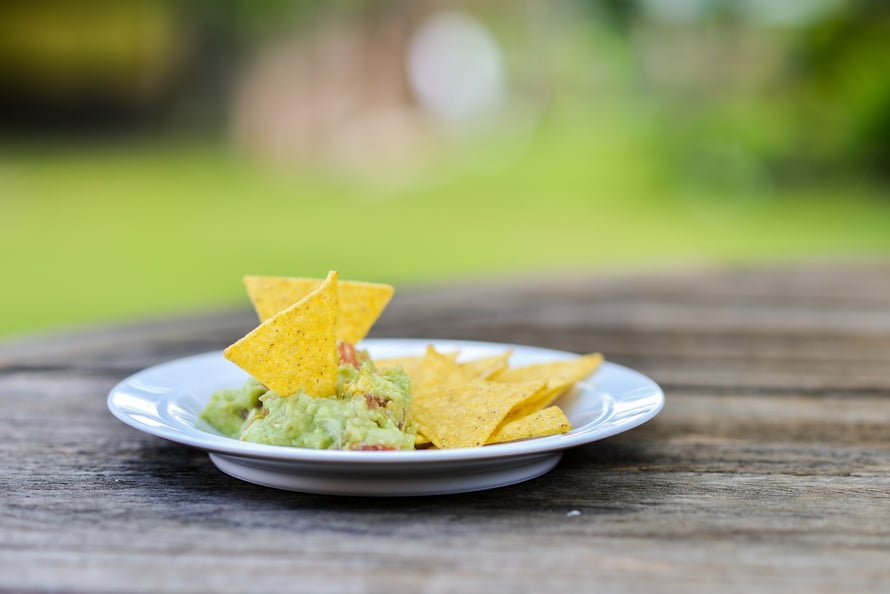In parts 1 and 2 of our analogy between stock options and avocados, we discussed the importance of understanding when your stock options are ready to pick (exercise) and your shares ready to slice (sell) depending on what type you have (ISOs or NSOs). In this installment, we’ll focus on how to keep more guacamole for yourself.
As mentioned in part one of this series, one way to potentially keep more of your guac is by exercising options early and filing an 83(b) election. This, however, is only a first step. To avoid giving away more of your delicious guacamole to the government than you must, it’s critical to develop a strategic tax plan before you sell your shares.
Holding Periods: Don’t slice your avocados too soon.
Sometimes, you need to let avocados ripen on the shelf before they can make the best guac. If you exercised incentive stock options (ISOs), it’s important to bear in mind the holding requirement for long-term capital gains treatment of your share sales. To qualify for this tax treatment, you must hold these shares at least one year after exercise and at least two years after the options were granted. Failing to meet these holding requirements results in a disqualifying disposition, removing the preferential tax treatment that ISOs enjoy.
If your own shares meet the requirements of qualified small business stock (QSBS), you should let them ripen even longer. If you hold QSBS for at least five years, your gains could be exempt from federal taxes. That’s some serious guacamole!
Charitable Giving: Share abundance with those close to your heart.
Much like sharing your guacamole with friends and neighbors at this year’s Superbowl party, donating to charities you care about can lift your heart and help you feel more connected. In the case of exercised stock options, donating shares to charity can also lighten your tax burden. Donor-advised funds are private charitable funds that can accept non-cash donations, including stocks. Donors to these funds can claim a federal income tax deduction of up to 30% of their AGI for the donation of appreciated securities.
Say, for example, that you intend to donate $5,000 to charity. If your company stock has increased significantly in value, you may want to fund the donation with a stock sale. However, by simply donating $5,000 in stock, you avoid taxation on the sale, and the charity gets the opportunity to realize future gains.
On the other hand, if you were going to fund the sale with cash from savings and keep your shares, you might still consider gifting $5,000 in appreciated shares and purchasing new shares with the $5,000 you intended to donate. This resets your basis in the stock, so if you sell it in the future, your taxable gains will be smaller.
Active Tax Loss Harvesting: Addition by Subtraction.
You know when you’ve picked an avocado and later find that it’s too soft and has brown spots? You might throw it into the bowl anyway, but it imparts a funny taste. If you’d have strategically cut out the bad parts as you saw them, the guac would have come out much better.
The same is true for when you redeploy the proceeds from your equity sale. Tax loss harvesting is like clearing out the bad spots to improve the overall quality of the guacamole: by selling depreciated investments at a loss, you can offset taxable gains from the sale of appreciated investments, allowing for a greater overall after-tax return. While many advisors go through this process with their clients only at year end, active tax-loss harvesting throughout the year has the greatest potential to maximize overall gains while maintaining fidelity to a principled investment strategy.
At WRP, we specialize in helping executives and employees in pre-IPO companies navigate the complex road to public offering. For more insights on making the most of your company’s IPO, browse our blog!

